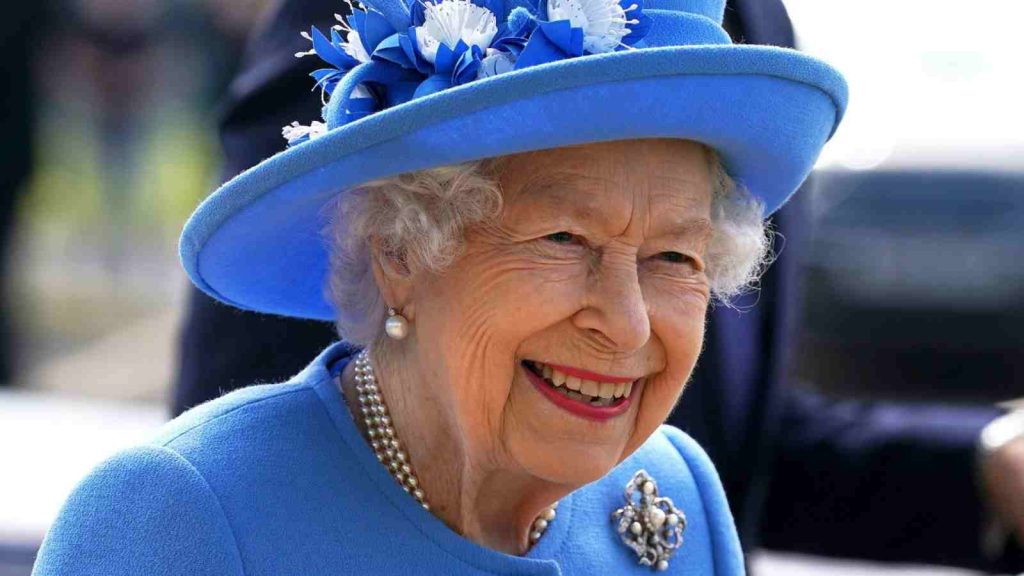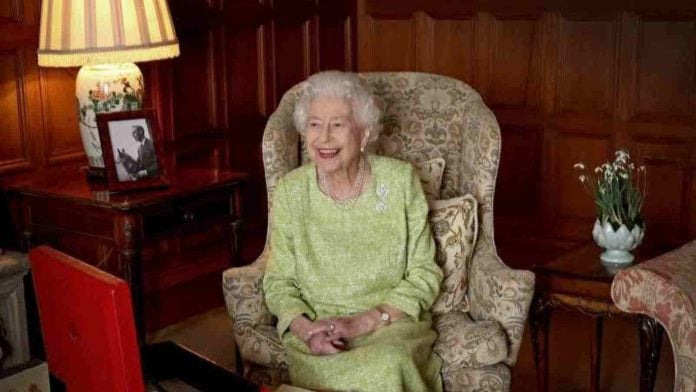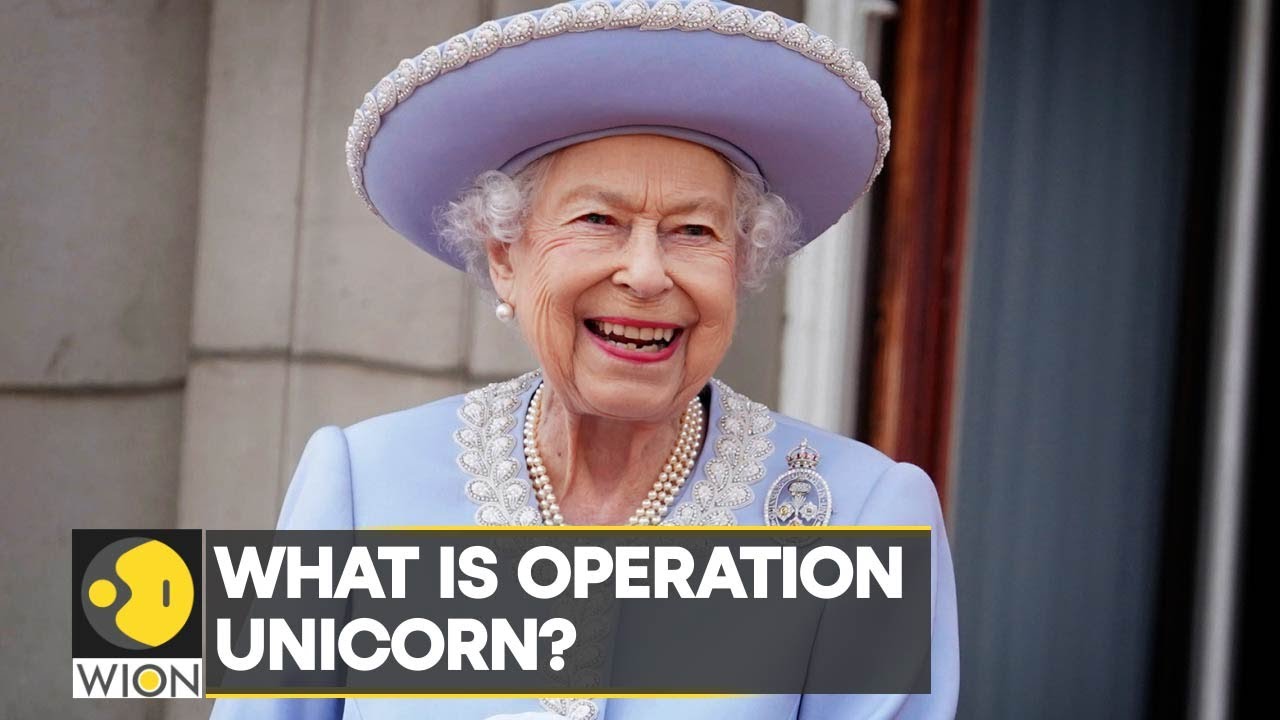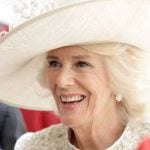On Thursday, Buckingham Palace released a statement that Queen Elizabeth II was under medical supervision at Balmoral Castle, Scotland. Her family came together to be with her and later the same day, another official statement was released stating that the Queen had passed away peacefully.
The Queen had a unique bond with Scotland. She spent her summers at her Balmoral Estate in Royal Deeside, Aberdeenshire, and she frequently travelled to Edinburgh to stay at the Palace of Holyroodhouse, which served as her official Scottish residence.
Read More: Who Will Be The Successor Of Queen Elizabeth II?
Operation Unicorn: What Is It All About?

The covert plan known as Operation Unicorn outlines what would transpire when the Queen passed away in Scotland. It says that as soon as lawmakers learned the news, all activity would be put on hold so that the government could get ready for the Queen’s official burial. Thousands of people are anticipated to go to Scotland to pay their respects. On Edinburgh’s Royal Mile, near the Scottish Parliament, the Palace of Holyrood House, and St. Giles’ Cathedral, people would be urged to congregate. Armed forces and emergency personnel will line every platform as the Monarch is transported by special train from Aberdeen to Edinburgh. Security will be extremely tight, with military protection provided for air, land, and sea, as the train will be moving much more slowly than usual. At the Palace of Holyroodhouse, temporary fire and police stations will be constructed, and there will be a substantial, armed police presence there supported by the military.
The Queen’s body would lie in state at the Palace of Holyroodhouse following her arrival in Edinburgh before being taken in procession to St. Giles’ Cathedral. Senior civic figures, dignitaries, and members of the public from Scotland will be able to pay their condolences and sign a book of condolence in the cathedral. The Queen’s casket would subsequently be loaded into a Royal Train at Waverley Station and transported to London via the East Coast Mainline. When Her Majesty departs from Scotland for the final time, an honor guard is once more positioned on each station from Edinburgh southward. With this Operation Unicorn comes to an end.
Read More: Queen Elizabeth II Children: Meet The Royal Brood
How Did We Come To Know About Operation Unicorn?

On a forum for staff at Holyrood, the minutes from a meeting of the Scottish Government’s Leadership Group (LG) were unintentionally published in June 2019: “LG received an update on planning for Operation Unicorn – the death of Her Majesty The Queen while in Scotland.” The impacts on staffing and their particular effects based on schedule were the main focus. When the Leadership Group decided to create a “resilience board for disruptive situations” in 2017, Operation Unicorn was also addressed in the materials published online by the Parliament.
The major strategy for the Queen’s demise was Operation London Bridge, which coexisted alongside Operation Unicorn, should the monarch pass away beyond the border which is what happened. It explains in detail what would happen in the ten days between the Queen’s passing and her official funeral, a period that has previously been cloaked in secrecy.






